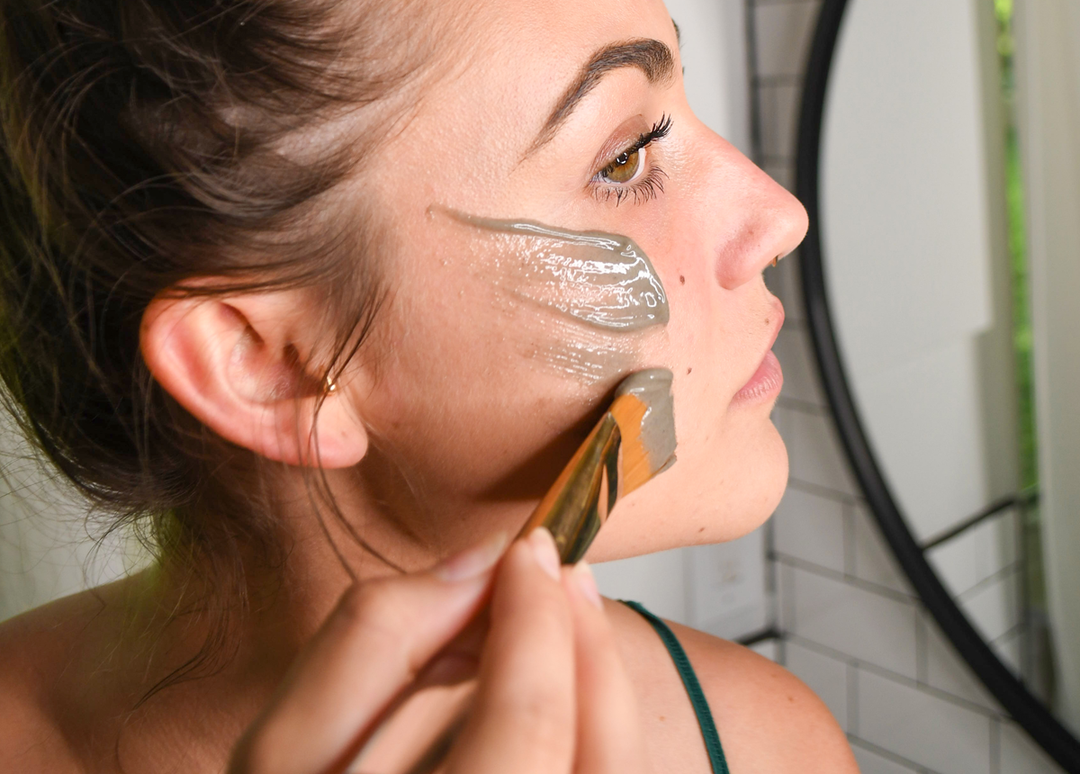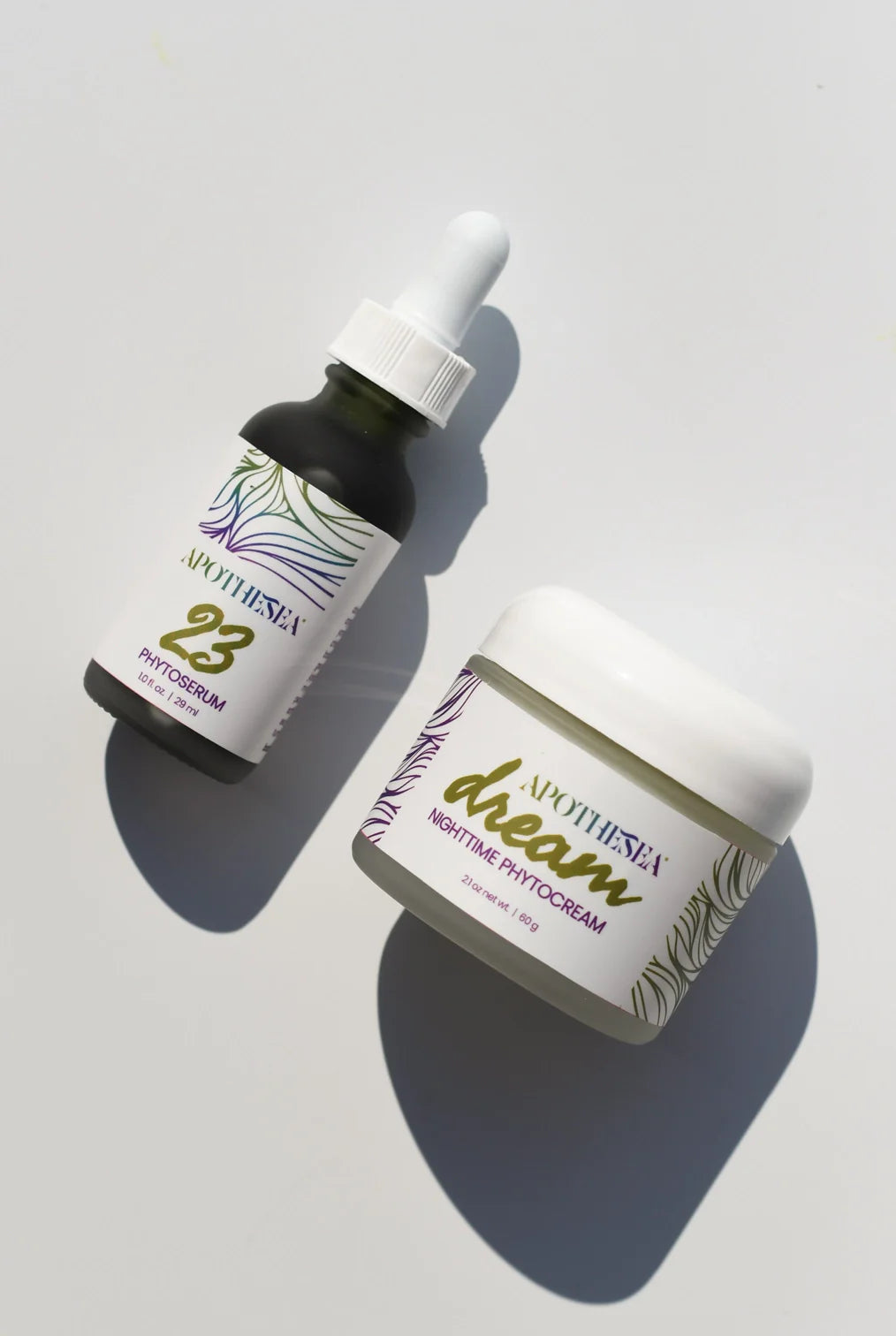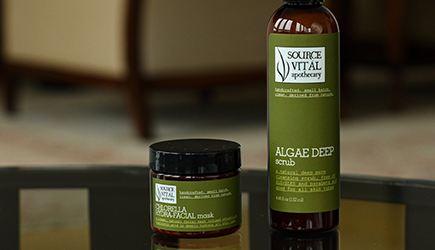What the Sun Does to Your Skin Over Time
We’ve all had those moments, where we step outside and bask in the warm glow of the sun. For many of us, it’s a mood-booster, gives us a much-needed boost of vitamin D, and just feels plain good. Unfortunately, just a few minutes in the sun can quickly turn it from best friend to worst enemy, particularly when it comes to your skin.
We’ve all heard the dangers of lingering in the sun too long, unprotected, from the time we were young, or may have even experienced a painful sunburn. But are you aware of what the sun can do to your skin over time? Here’s what you can expect, and how you can effectively protect the skin you’re in.

Sun Safety Basics
Let’s take it back to science class for a moment, and review some key facts about the sun. Sunlight is the main source of Ultraviolet (UV) radiation even though UV rays make up only a small portion of the sun’s rays. Different types of UV rays reach the ground in different amounts. About 95% of the UV rays from the sun that reach the ground are UVA rays, with the remaining 5% being UVB rays.There are different types of UV rays, although the main rays to focus on when it comes to our skin are UVA and UVB. UVA rays cause skin cells to age, are typically associated with deeper wrinkles and can be linked to some skin cancers. UVB rays are the main rays that cause sunburns and are directly linked to causing most skin cancer. These rays can come from the sun, directly, or from man-made sources, such as tanning beds.
UVA rays can account for up to 95 percent of the UV radiation reaching the earth, are commonly associated with broad-spectrum sun products, and can penetrate through windows and clouds. UVB rays are connected to the SPF (Sun Protection Factor) on sunscreen labels and can be filtered and don’t penetrate glass.
What Does the Sun do to Your Skin?
Sunburns
Sunburns cause inflamed, painful skin that may feel hot to the touch, and will often appear within a few hours of being in the sun too long. You can get sunburn relief with simple self-care measures, such as applying our Algae and Aloe Cool Gel post-exposure, which will help cool the skin. Our Matcha Cool Mask is excellent after your face has been in the sun. Apply a thicker layer for 20 minutes post-sun, or apply a thinner layer to help relieve any discomfort overnight.Photo-aging
Photo-aging refers to the sun prematurely aging the skin. This can happen when ultraviolet (UV) light hits skin that is unprotected by sunscreen and causes DNA changes to skin cells. This damage can show up on the skin as brown spots, wrinkles, broken capillaries, and even uneven skin texture. Unfortunately, there isn’t much that can be done in terms of reversing sun damage, you can start preventing future damage immediately by wearing sunscreen. People who use sunscreen with an SPF of 15 or higher daily show 24 percent less skin aging than those who do not use sunscreen daily. A great option for facial sunscreen is Beauty by Earth Mineral Facial Sunscreen SPF 20.Skin Cancer
Did you know that skin cancer is the most common cancer in the United States and worldwide? Prolonged sun exposure can cause pre-cancerous and cancerous skin lesions, which may result in skin cancers such as non-melanoma, or melanoma. The vast majority of melanomas are caused by the sun, while about 90 percent of non-melanoma skin cancers are associated with exposure to ultraviolet (UV) radiation from the sun. According to skincancer.org, “on average, a person’s risk for melanoma doubles if they have had more than five sunburns but just one blistering sunburn in childhood or adolescence more than doubles a person’s chances of developing melanoma later in life.”

What Can You Do?
Although there isn’t one method of sun defense that can offer the perfect amount of perfection, there are many things you can incorporate into your life to help prevent sun damage. Here are a few tips:Cover Up
Clothing can work as a great defense against the sun’s rays, although you’ll need sunscreen in places that aren’t covered. You can also wear a wide-brimmed hat to protect your face, and gloves (for driving, or coverage in the winter months) to protect your hands.Be a Bit Shady
The sun’s rays are strongest between 10 am and 4 pm, so try to seek a shady refuge whenever possible during those hours. Shade isn’t the perfect shield, so some UV rays may still peek through.Apply Sunscreen (Properly)
With so many sunscreens available to us, it can feel like trial and error attempting to find your perfect match. When looking for a sunscreen, look at SPF (Sun Protection Factor) and whether it is broad-spectrum or not. SPF refers to the number that tells you how long the sun’s UVB rays would take to redden your skin when using a particular sunscreen compared with the amount of time without sunscreen. Broad Spectrum indicates that sunscreen can protect against UVA and UVB rays.The Skin Cancer Foundation advises “everyone to use a broad-spectrum sunscreen with an SPF of 15 or higher every day. Use a water-resistant, broad-spectrum sunscreen with an SPF of 30 or higher for extended outdoor activity. Reapply every two hours or after swimming or sweating.”
Early Detection
The Skin Cancer Foundation recommends that all adults do monthly skin self-exams and see a dermatologist annually, or more frequently if they see something suspicious or have risk factors. Unlike cancers that develop inside the body, skin cancers form on the outside and are usually visible. When performing a self-exam, look for growths, moles, spots, or open sores, and see a dermatologist immediately. You can find out how to perform a self-exam here.We only get one chance to take care of the skin we’re given, so ensure you’re treating it with care. What are your favorite sun safety tips? Let us know in the comments.








Leave a comment